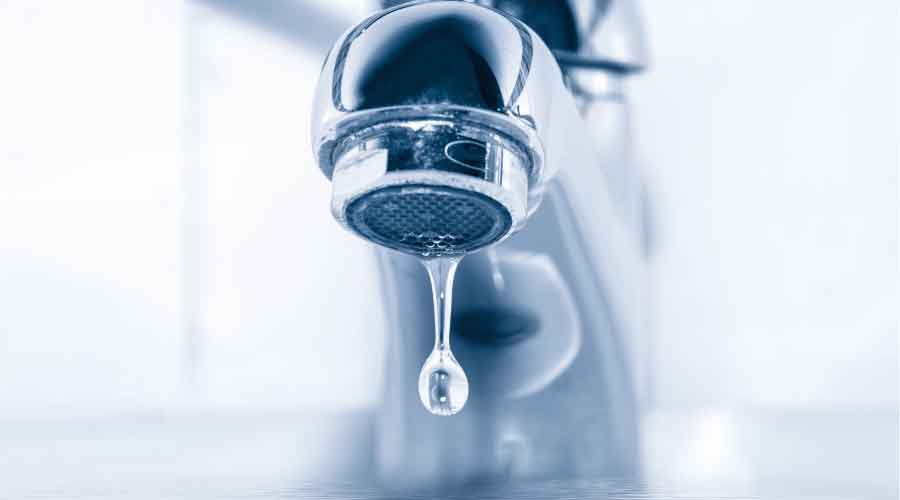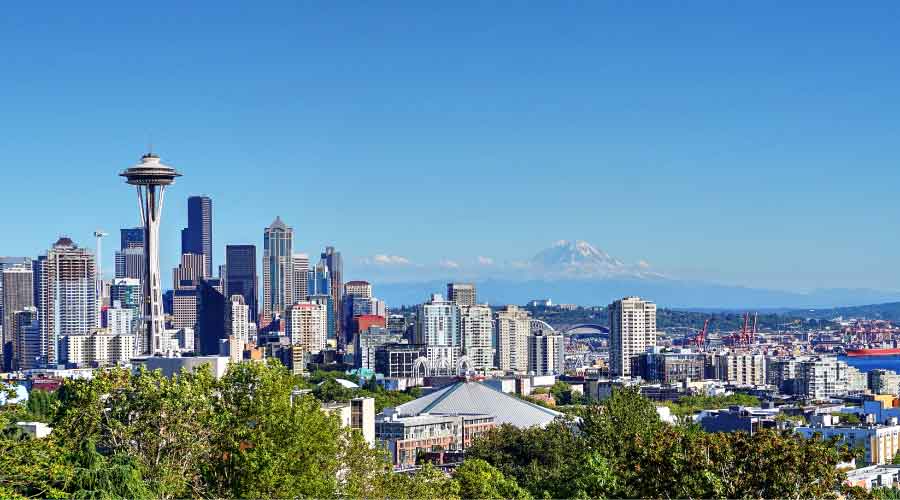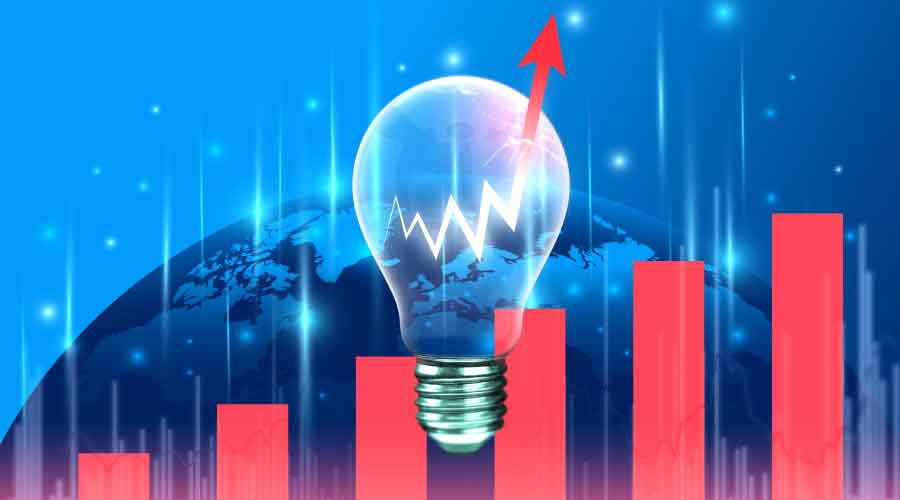
EPA Offering $6.5 Billion to Support Water Infrastructure Projects
This year’s funding will provide up to $6.5 billion in total funding to support $13 billion in water infrastructure projects. June 24, 2022
By Dan Hounsell, Senior Editor
One of the many challenges maintenance and engineering managers face is ensuring facility’s plumbing and piping systems can meet the organization’s safety, health and sustainability expectations. But before water ever enters a building, it must make its way through an infrastructure that is old and in places outdated and getting more so by the day.
To address the nation’s water infrastructure crisis, the U.S. Environmental Protection Agency (EPA) recently announced funding availability for the agency’s Water Infrastructure Finance and Innovation Act (WIFIA) program and the State Infrastructure Financing Authority WIFIA (SWIFIA) program. This year’s funding will provide up to $6.5 billion in total funding to support $13 billion in water infrastructure projects while creating more than 40,000 jobs.
The notices of funding availability include $5.5 billion for the WIFIA program and an additional $1 billion for the SWIFIA program. This round of funding will prioritize funding to:
- increase investment in economically stressed communities
- make rapid progress on lead service line replacement
- address PFAS and emerging contaminants
- support one water innovation and resilience.
The initiative intends to ensure that federal agencies deliver at least 40 percent of benefits from certain investments, including water and wastewater infrastructure, to underserved communities.
The WIFIA program is a federal loan and guarantee program at EPA that aims to accelerate investment in the nation’s water infrastructure by providing long-term, low-cost supplemental loans for regionally and nationally significant projects.
- WIFIA credit assistance can be used for a range of projects, including:
- drinking water treatment and distribution projects
- wastewater conveyance and treatment projects
- nonpoint source pollution management program
- management, reduction, treatment, or recapture of stormwater
- national estuary program projects
- enhanced energy efficiency projects at drinking water and wastewater facilities
- desalination, aquifer recharge, alternative water supply, and water recycling projects
- drought prevention, reduction, or mitigation projects.
Next
Read next on FacilitiesNet












